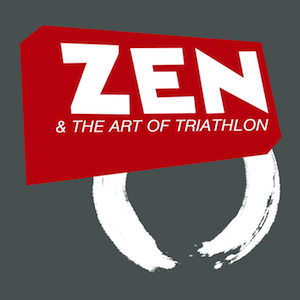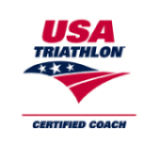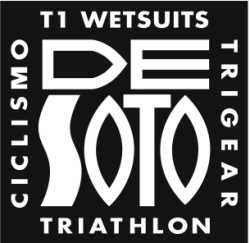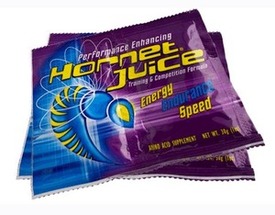
You've been bitten by the weight room bug for the New Year, but how do you do it right for endurance sports? Here I will be posting a series of informative guides on how to lift weights appropriately for triathlon, so keep checking in. This information also applies to single-sporters of swimming, cycling, running, and especially ultrarunning.
Today, we'll cover sets, reps, and single vs. both-extremety exercises. Let's get rockin'.
A "set" is a repeated motion against resistance until you fatigue. You then take a break for a short amount of time, then do it again. If you haven't worked that muscle that way in a long time, you should probably only do one or two sets. More than that will give you a huge amount of soreness in the following days and you'll regret it. Once you've gotten over the initial soreness of the first few workouts, more sets are fine. More than four sets of an exercise doesn't reap much benefit, though.
A "rep" is a single execution of a movement that you then repeat a bunch of times. For endurance sports, somewhere between 12 and 15 reps is perfect. You want the last rep of each set to burn significantly and to have your limb shaking a little bit. When you can't do one more rep and you're between rep number 12 and 15, you've nailed it.
The whole reason you do sets and reps is to prevent injury. You could lift a really heavy weight just one time and nearly kill yourself, but the odds that something goes horribly wrong are pretty high. Best to lift something much lighter a whole bunch of times, and then do that a few more times to get the muscle tired without risking your life.
Write down in your smartphone's note app what your starting weight is for your first set for each kind of exercise you do. Mine says something like, "Leg extension machine - 60 lbs." Then carry around your phone with you in your gym shorts so you can refer to it. Then, you don't have to guess what your starting weight is on your first set. You nail it every time. Smart! Don't worry what you look like - everybody is focused on that weird guy with no neck wearing a beanie hat indoors and pants with lightning bolts on them.
After your first or second set, it will become obvious that you won't be able to do 12 reps for your next set. That's OK, just drop the weight by a little bit. Then you can do between 12 and 15 again. Some people have a lot of trouble grasping this idea, but it's obvious once you do it.
Now, let's amp things up a little bit. You're using a machine that's like the one at the top of the post. It's designed so that you can both legs at once... but should you? No! Since you swim, pedal, and run on one limb at a time, you need to do weight work on one at a time. When you use both at once, you don't work the muscles anywhere near to their real-life drills. You'll notice that the weight you can do with a single limb is much less than half the weight you can do with both, proving that you're essentially cheating if you don't split it up. I do the one above as 12 to 15 reps right leg, 12 to 15 left leg, very short rest, start again.
Next post, I'll cover how triathletes should plan their weight training sessions by ordering the exercises correctly. Stay tuned!
 Sunday, January 13, 2013 at 1:48PM
Sunday, January 13, 2013 at 1:48PM 


















